- News
- Reviews
- Bikes
- Accessories
- Accessories - misc
- Computer mounts
- Bags
- Bar ends
- Bike bags & cases
- Bottle cages
- Bottles
- Cameras
- Car racks
- Child seats
- Computers
- Glasses
- GPS units
- Helmets
- Lights - front
- Lights - rear
- Lights - sets
- Locks
- Mirrors
- Mudguards
- Racks
- Pumps & CO2 inflators
- Puncture kits
- Reflectives
- Smart watches
- Stands and racks
- Trailers
- Clothing
- Components
- Bar tape & grips
- Bottom brackets
- Brake & gear cables
- Brake & STI levers
- Brake pads & spares
- Brakes
- Cassettes & freewheels
- Chains
- Chainsets & chainrings
- Derailleurs - front
- Derailleurs - rear
- Forks
- Gear levers & shifters
- Groupsets
- Handlebars & extensions
- Headsets
- Hubs
- Inner tubes
- Pedals
- Quick releases & skewers
- Saddles
- Seatposts
- Stems
- Wheels
- Tyres
- Health, fitness and nutrition
- Tools and workshop
- Miscellaneous
- Tubeless valves
- Buyers Guides
- Features
- Forum
- Recommends
- Podcast
feature
Tour de France 2020 stage-by-stage preview
All being well, the Côte d’Azur city of Nice will host the Grand Départ of the 107th edition of the Tour de France a week on Saturday, two months after the originally scheduled date – and in this most unprecedented of years, it could be the most exciting and open races in decades.
With the UCI WorldTour only resuming at the start of the month, rider form and fitness is still near-impossible to gauge; at the Criterium du Dauphiné last week, Jumbo-Visma showed signs of threatening the hegemony of Team Sky, now Team Ineos and, from next week, Ineos Grenadiers, who have won seven of the past eight editions of the Tour de France.
But with Steven Kruijswijk – third behind Egan Bernal and Geraint Thomas last year – out after crashing on the penultimate day, and Primoz Roglic abandoning the race before the start of the final stage, the Dutch team’s plans have been thrown into disarray.
Defending champion Bernal also pulled out of the Dauphiné with a back injury – and the rumours are that he may not even be at the start in Nice, with last year’s Giro d’Italia winner Richard Carapaz, signed from Movistar, set to take his place.
Four-time winner Chris Froome, meanwhile, is still clearly way off peak form after his career threatening injuries that kept him out of last year’s race, and Geraint Thomas does not seem to be at the level he was when he clinched the yellow jersey two years ago.
Could that pave the way for a surprise winner, or even – whisper it softly – a home winner 35 years after Bernard Hinault’s fifth and final victory?
Add in the usual subplots of a three-week race usually held mostly in July but this year in September – the sprints, the polka-dot jersey contest, the mountain stages, and the days when we watch on the edge of our seats, willing a lone escapee to outrun the chasing pack – and we are in for a compelling three weeks’ racing.
Here’s our stage-by-stage preview.
Stage 1 – Saturday 29 August
Nice to Nice (170 km)
Hilly stage
There aren’t too many opportunities for the sprinters in this year’s race, but one of them should be in yellow come the end of today’s opening stage – although given the profile, it’s possible some may be dropped on the later climbs as the race loops north out of Nice then back three times.
Once the riders hit the coast near the airport on the final approach to the line on the Promenade des Anglais, there is not a corner in sight for the last 5 kilometres and the pace will be frantic ahead of the final sprint – but if the wind is blowing in off the Med, that finishing straight could be a long slog.
Stage 2 – Sunday 30 August
Nice to Nice (190 km)
Medium mountain stage
ASO aren’t messing around this year, with day two featuring a stage that even this early could affect the GC. There are two Category 1 climbs early on, the Col de la Colmiane and the Col de Turini, the latter crested with 86.5 kilometres remaining ahead of a long descent towards the coast.
Two closing loops, the first longer than the second, take in the Col des Quatre Chemins twice, sandwiching a full ascent of the Col d’Eze the first time round. Time bonuses at the top of the Col des Quatre Chemins on the second climb and a summit 9km from the finish promise a cracking finale.
Stage 3 – Monday 31 August
Nice to Sisteron (198 km)
Flat stage
This may be designated a flat stage, but there are still four categorised climbs including the Category 3 Col des Lèques 6.9 kilometres at 5.4 per cent – watch out for riders, especially from smaller teams, who are within touching distance of the polka dot jersey trying to sneak into the day’s break.
Quite how the stage pans out may depend on who is in the yellow jersey this morning – if it’s one of the overall contenders, their team may be inclined to let the break go ahead of tomorrow’s first summit finish. If it’s a less fancied rider, however, expect their team to go all out to defend it.
Stage 4 – Tuesday 1 September
Sisteron to Orcières-Merlette (157 km)
Hilly stage
There are some interesting official stage descriptions in this year’s race – today we have a “hilly” stage that ends with the Category 1 climb to Orcières-Merlette, 7.1km at an average gradient of 6.7 per cent and a steady climb rather than one with big ramps along the way.
There are four other categorised climbs, each less taxing than the final ascent according to their assigned categories. This looks like a day when the remnants of the break will be swept up by a large GC group early on the last climb, with an overall contender then trying to steal time on his rivals.
Stage 5 – Wednesday 2 September
Gap to Privas (183 km)
Flat stage
Theoretically, one for the sprinters today, but with an uphill drag over the final few kilometres, it’s one that may suit the more punchy riders rather than the out-and-out speed merchants – and there’s also the prospect someone may launch a late solo attack on the last climb.
The profile may provide a disincentive to teams with pure sprinters to actively play a part in chasing down the day’s break, which in turn may favour the escapees, especially with that Category 4 climb of the Côte de Saint Vincent de Barrès coming late on; could one of them stay out?
Stage 6 – Thursday 3 September
Le Teil to Mont Aigoual (191 km)
Hilly stage
Today’s stage sees the race head into the Massif Central with a summit finish on Mont Aigoual, the final climb averaging a non-too-taxing 4 per cent over 8.3 kilometres – but it is the preceding climb, the Category 1 Col de la Lusette, where today’s stage is likely to explode into life.
Crested with 13.5km remaining and with bonus seconds available at the top, the ascent covers 11.3km and has an average gradient of 7.3 per cent, hitting 11 per cent over a 2km section towards the top. Once across the summit, there’s a short descent then a false flat before the closing climb.
Stage 7 – Friday 4 September
Millau to Lavaur (168 km)
Flat stage
Essentially a transitional stage ahead of the Pyrenees, this should be a day for the sprinters with the main obstacle after racing begins underneath the soaring Millau Viaduct being the Category 3 Col de Peyronnenc, the summit coming with 94.5km left to ride.
That sounds straightforward, but if there are crosswinds, those plus the exposed roads could change the entire complexion of the stage and even the race, as so often happens in this part of France – remember the echelons forming on the stage to Albi last year?
Stage 8 – Saturday 5 September
Cazères to Loudenvielle (140 km)
Mountain stage
Bar the final day in Paris, this is the shortest road stage of this year’s race, but it’s one that packs a punch on the first of two days in the Pyrenees, featuring the Col de Menté, the Port de Balès and the Col de Peyresourde, the latter’s summit coming just 8km before the finish in Loudenvielle.
While perhaps not the most influential stage in terms of the final overall standings, bonus seconds at the top of the final climb may see the break brought back before the summit ahead of a helter-skelter descent to the line, and it is certainly a day in which someone’s GC hopes could be dented.
Stage 9 – Sunday 6 September
Pau to Laruns (154 km)
Mountain stage
With a relatively flat opening 50 kilometres and the strong prospect that today’s winner will come from the break, it’s likely to take a while for an escape group to form, and it could be a fairly large one ahead of the ascent of the Col de la Hourcère, swiftly followed by the Col de Soudet.
That’s followed by the descent towards the Category 3 Col d’Ichère ahead of the day’s main test – the Col de Marie Blanque, covering 7.7km at an average gradient of 8.6 per cent but never dipping below 10 per cent on the second half of the climb, the summit lying 20km from the finish.
Monday 7 September
Charente-Maritime – Rest day
Stage 10 – Tuesday 8 September
Île d'Oléron to Île de Ré (170 km)
Flat stage
Well, now – a “flat” stage that actually does what it says on the tin to follow yesterday’s first rest day, although out here on the Atlantic coast, as we head towards mid-September, the weather could have a major influence on how the stage, which unusually starts and finishes on islands, pans out.
If it’s a calm day, we should see the break reeled in ahead of a bunch sprint. But if the wind is blowing off the coast – well, look at the twists and turns on the map; that is going to be a very nervous peloton with the GC contenders staying close to the front in case echelons form.
Stage 11 – Wednesday 9 September
Châtelaillon-Plage to Poitiers (167 km)
Flat stage
A short, pretty flat stage that will be ridden at a fair old pace if there is the cross-tailwind that often blows here and one that should end in a bunch sprint, especially since even at the midpoint of the race, there is only two other stages presenting such an opportunity before the final day in Paris.
That said, the Pont Neuf across the River Clain, just over 3km from the finish, and the slight uphill kick that follows it, could be used as a springboard for a surprise late attack – although with the final 1.5km raced on a wide boulevard, it would take a huge effort to stay clear of the chasing bunch.
Stage 12 – Thursday 10 September
Chauvigny to Sarran (218 km)
Hilly stage
The longest stage of this year’s race – indeed, the only one that goes beyond 200km – passes through the home town of the greatest Tour de France rider never to have won the race, Raymond Poulidor, eight times a podium finisher and three times runner-up, who died last November.
A hilly profile, means it is not a day for a bunch sprint, and the Category 2 Suc au May, crested 26km out and averaging 7.7 per cent over its 3.8km length, is the toughest test. A tough medium mountain stage with a summit finish tomorrow means the break will almost certainly contain today’s winner.
Stage 13 – Friday 11 September
Châtel-Guyon to Puy Mary (191 km)
Medium mountain stage
With 4,400m of climbing and seven categorised ascents through the volcanic landscape of the Auvergne, this is billed as the hardest stage of this year’s race and could see a big shake-up in the overall standings – it’s certainly the kind of day when someone’s GC hopes could end.
The summit finish on the Puy Mary follows a final climb of 5.4km at 8.1 per cent, but the gradient really kicks up in the final 2km, hitting 15 per cent. The preceding climb, the Col de Neronne, is short but brutal, averaging 9.1 per cent over 9.1km. It promises to be a cracking finale.
Stage 14 – Saturday 12 September
Clermont-Ferrand to Lyon (197 km)
Flat stage
An intriguing stage, and “flat” it definitely isn’t, so if it does go down to a bunch finish, it’s likely to be a select group and one that will be missing a number of big-name sprinters. A tough one to call, the day could go to a member of the break, or if the group is together, a puncheur who attacks late on.
The final 10km in Lyon will be explosive with three short, sharp climbs potentially causing splits among the overall contenders – and moreover, they have fast, technical descents which heightens the risk of crashes.
Stage 15 – Sunday 13 September
Lyon to Grand Colombier (175 km)
Mountain stage
Making its Tour de France debut as recently as 2012, today sees the first-ever summit finish on the Grand Colombier, covering 17.4km with an average gradient of 7.1 per cent and some sections of 12 per cent. It’s the perfect stage for a GC battle, but there’s some even tougher terrain beforehand.
After a fairly flat opening 98.5km, the Montée de la Selle de Fromentel rears up – 11.1km at 8.1 per cent, but hitting 22 per cent towards the top. That’s immediately followed by the Col de la Biche, which averages 8.9 per cent over 6.9km. Some will be struggling even before the final climb.
Monday 14 September
Isère – Rest day
Stage 16 – Tuesday 15 September
La Tour-du-Pin to Villard-de-Lans (164 km)
Mountain stage
With a huge GC day looming tomorrow, this stage looks set to be contested by members of the break and indeed may well be the best remaining chance in the race for an escapee to snatch a stage win – so there will be no shortage of candidates to be part of the group.
The Cote du Revel, a little after the halfway point, should see a selection in the escape group, as should the Category 1 Montée de Sainte-Nizier-du-Moucherotte which is followed by an often windswept plateau ahead of the final kick uphill to the line.
Stage 17 – Wednesday 16 September
Grenoble to Méribel (Col de la Loze) (168 km)
Mountain stage
This is a monster of a stage, with two Hors-Categorie climbs – the Col de la Madeleine, and a summit finish in Méribel on the Col de la Loze. As ever, in the final week, there will be frantic racing from the start as the break fights to establish itself, but it seems unlikely it will produce today’s winner.
It should be a compelling battle among the GC contenders, with a variety of tactics open to their teams – do they put men in the break who can drop back to help the protected rider late on, or seek to control the pace of the group, or will we even see someone go for an all-out, long-range attack?
Stage 18 – Thursday 17 September
Méribel to La Roche-sur-Foron (168 km)
Mountain stage
The final day in the mountains, save Saturday’s unprecedented time trial to La Planches des Belles Filles, and one with four categorised climbs including the Cormet de Roselend – 18.6km at 6.1 per cent – and the tough, Hors-Categorie Montée du Plateau des Gilères, crested 31.5km from the line.
The 6km climb averages 11.2 per cent and even once the gradient eases off after the bonus seconds and mountain points have been settled, there is a 1.5km gravel section ahead of the summit of the Col de Gilères itself, then a descent to the finish punctuated by the uncategorised Col des Fleuries.
Stage 19 – Friday 18 September
Bourg-en-Bresse to Champagnole (160 km)
Flat stage
Typically, when the final mountain stage takes place on the third Thursday of the Tour de France and there’s a time trial on the Saturday, organisers will throw in a stage tailor-made for the sprinters – but once again, while this one may be described as “flat,” there’s no guarantee of a bunch finish.
There will be a lot of fighting to get into the break as some teams and riders seize their last chance to gain something from the race and with a lumpy profile after the halfway point and plenty of twists and turns late on, it could be hard for the peloton to organise itself to chase down the break.
Stage 20 – Saturday 19 September
Lure to La Planche des Belles Filles (36 km)
Mountain time trial
The only stage against the clock this year and, what’s more, one with a summit finish that promises an intriguing battle between the stronger time triallers and the pure climbers and raises the issue of bike selection – many, we expect, will switch from a time trial to a road bike ahead of the climb.
First tackled in 2012, La Planche des Belles Filles has quickly carved a place in Tour de France history. Today’s stage doesn’t take in the gravel section introduced last year, but it could well be decisive for the overall, nine years after the last time the yellow jersey changed hands on the penultimate day.
Stage 21 – Sunday 20 September
Mantes-la-Jolie to Paris (Champs-Élysées) (122 km)
Flat stage
Traditionally, the day when the riders roll away from the start at a relaxed pace led by the four jersey wearers, with the usual photocalls and clinking of glasses of Champagne as the peloton rolls gently towards Paris, although this year, there’s a Category 4 climb to contend with early on.
After a helicopter-shot friendly route past the Sany-Cyr military academy and the Chateau de Versailles, racing will begin in earnest on the first of eight laps of the iconic Champs-Elysées circuit, with the break almost certain to be reeled in ahead of the final sprint and the podium celebrations.
Simon joined road.cc as news editor in 2009 and is now the site’s community editor, acting as a link between the team producing the content and our readers. A law and languages graduate, published translator and former retail analyst, he has reported on issues as diverse as cycling-related court cases, anti-doping investigations, the latest developments in the bike industry and the sport’s biggest races. Now back in London full-time after 15 years living in Oxford and Cambridge, he loves cycling along the Thames but misses having his former riding buddy, Elodie the miniature schnauzer, in the basket in front of him.

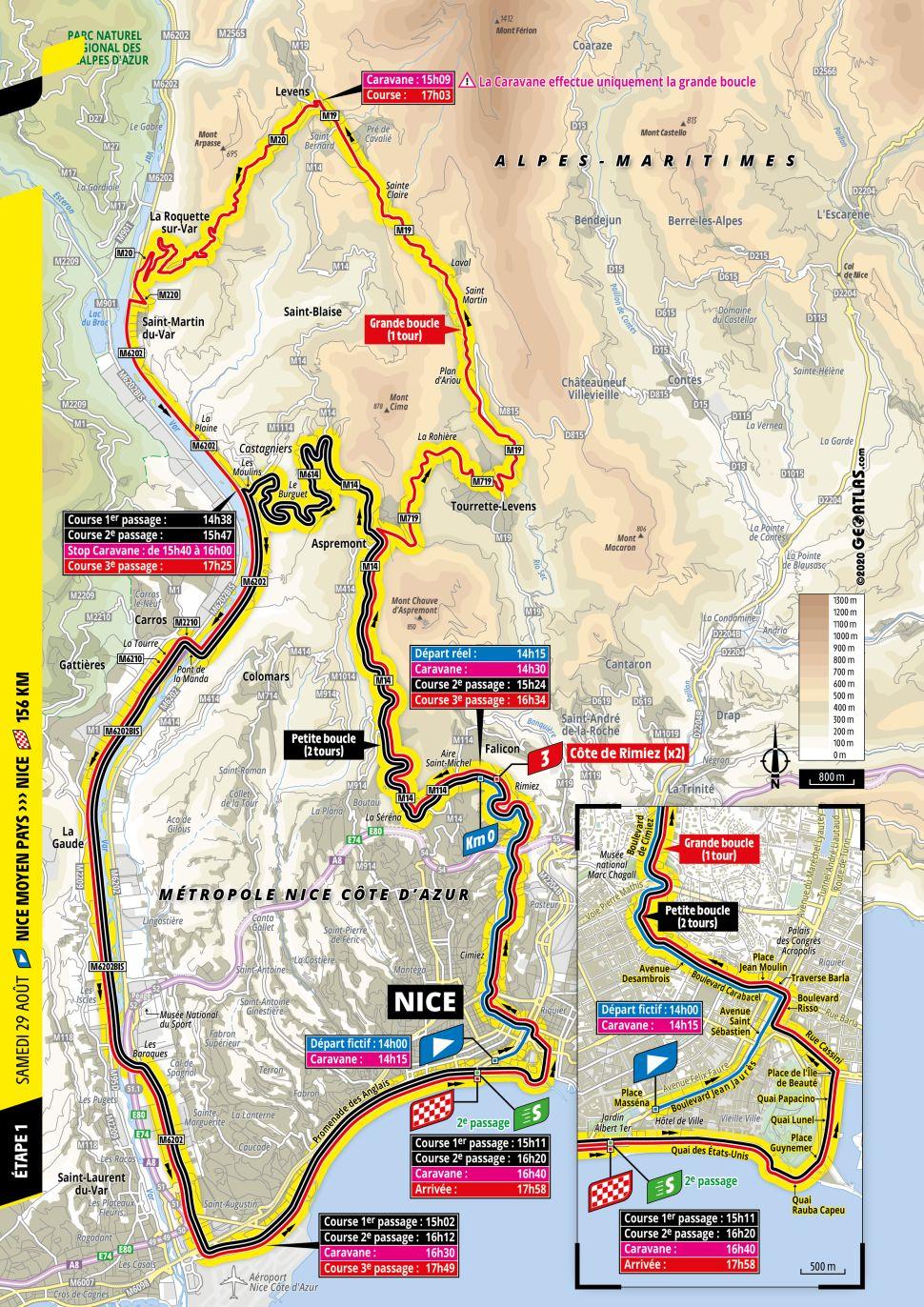

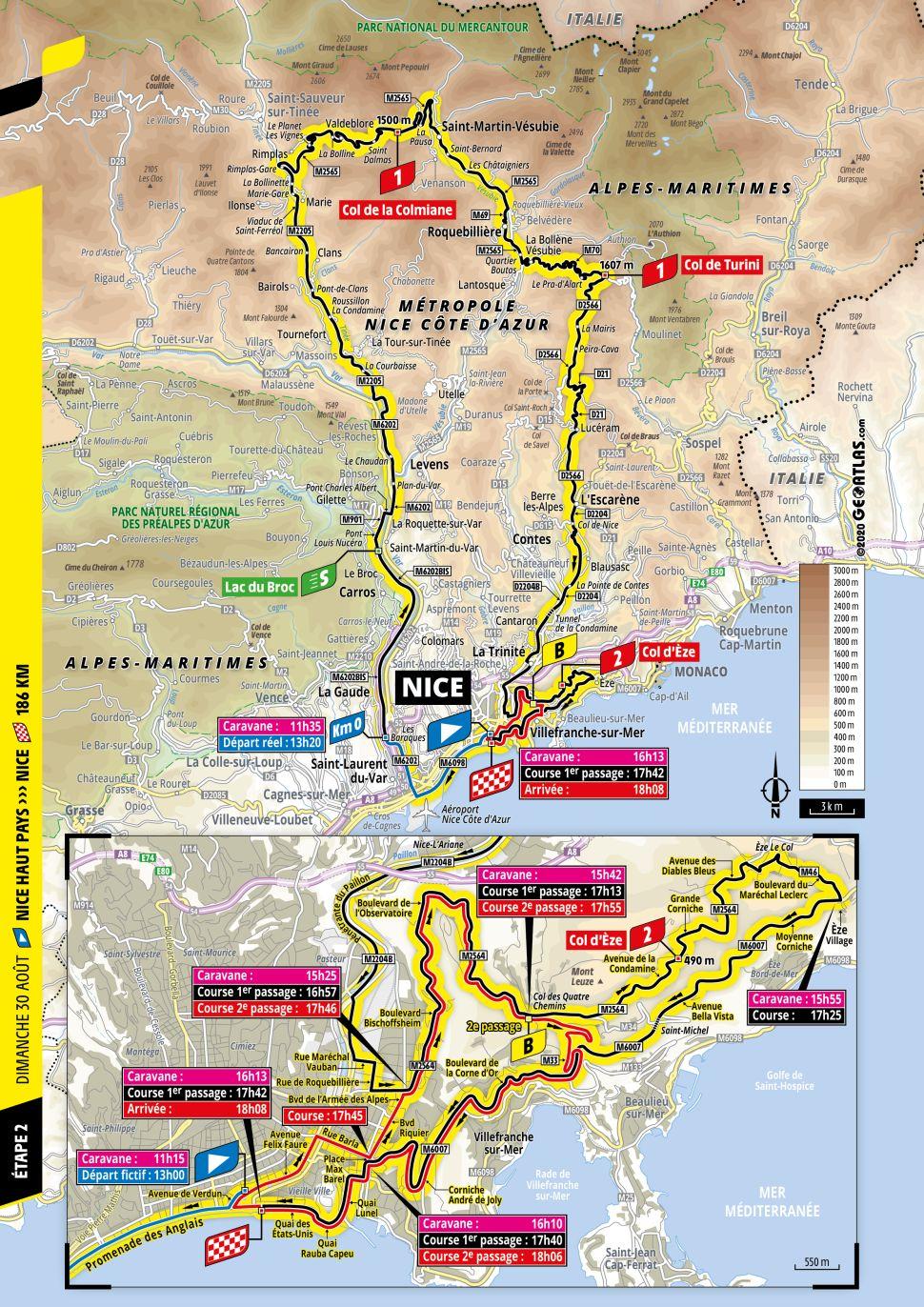
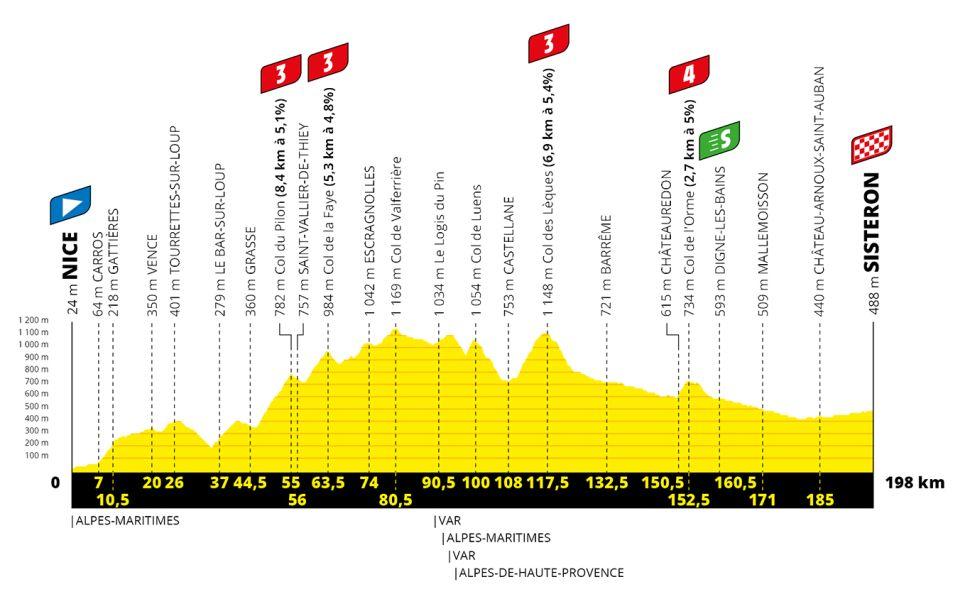
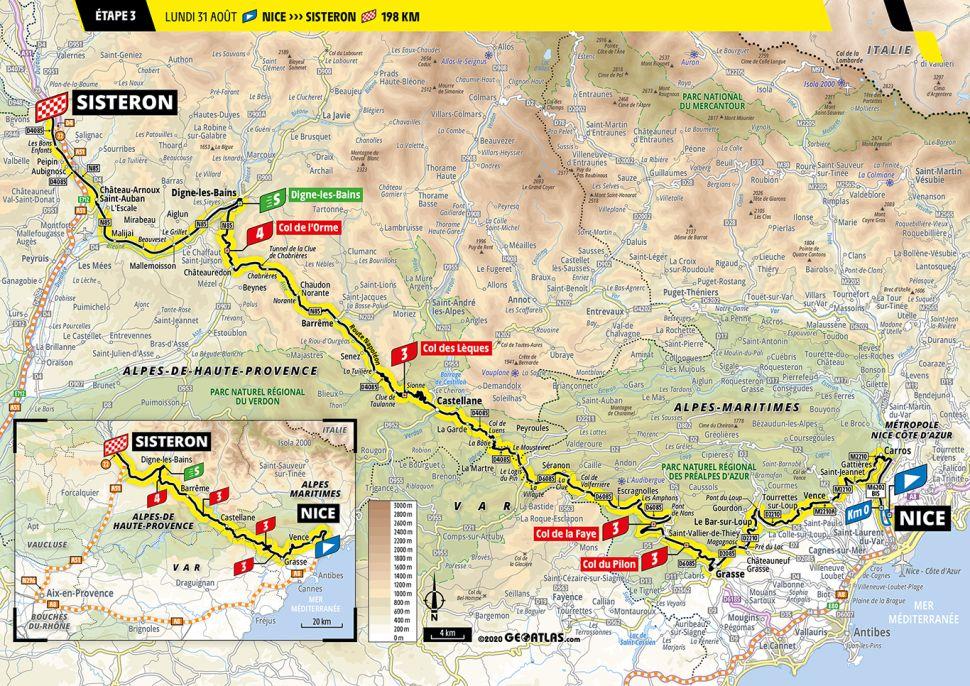
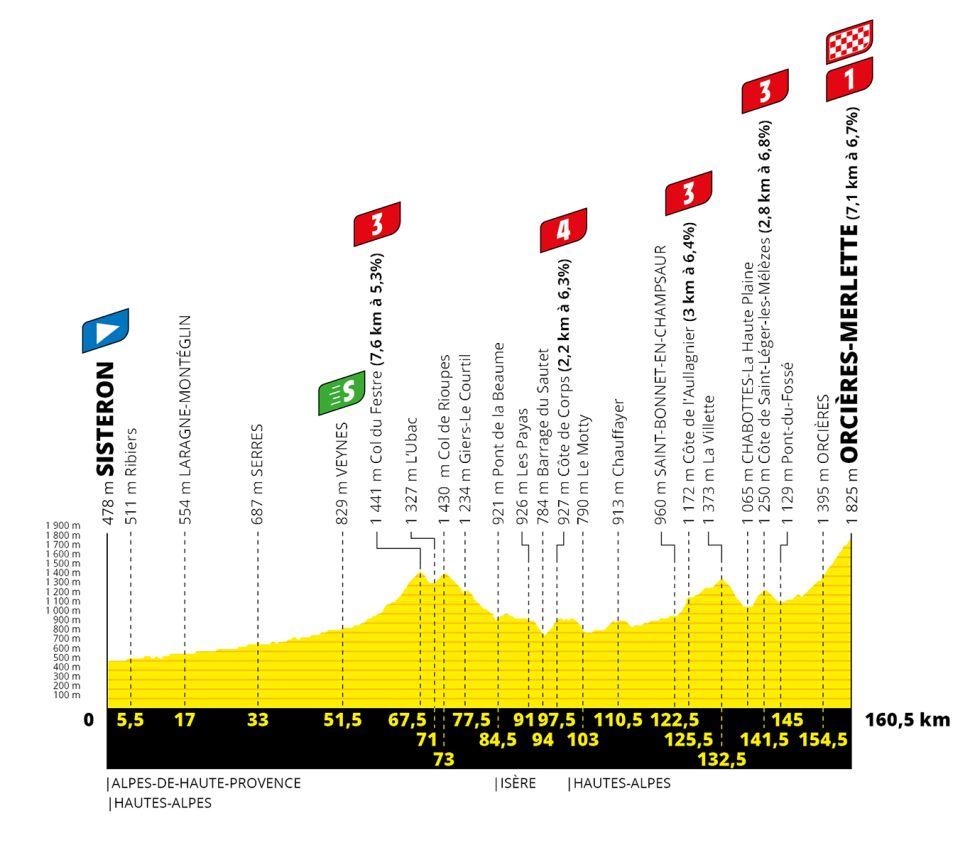



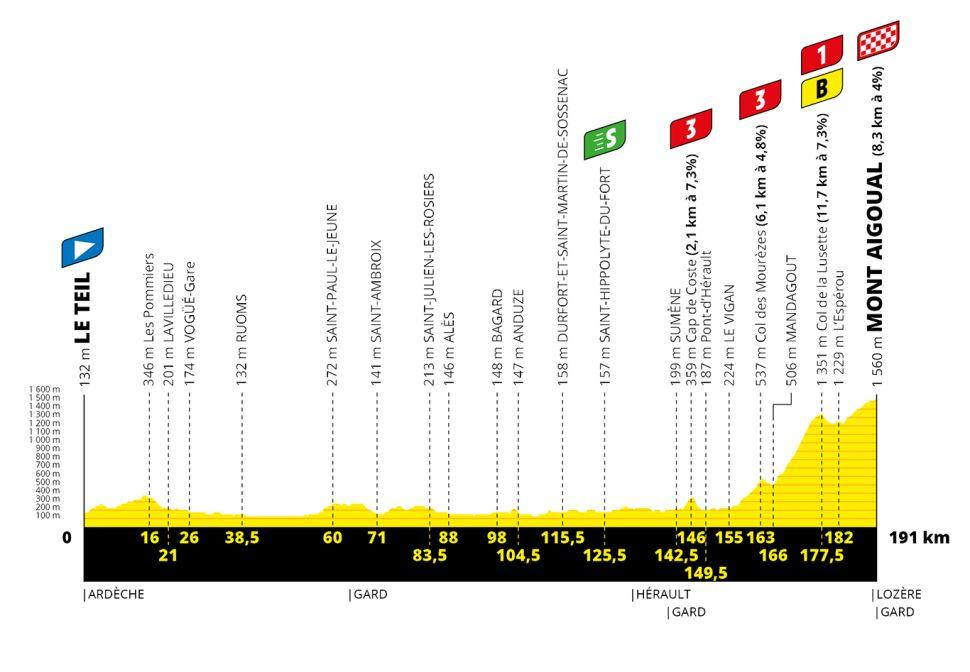

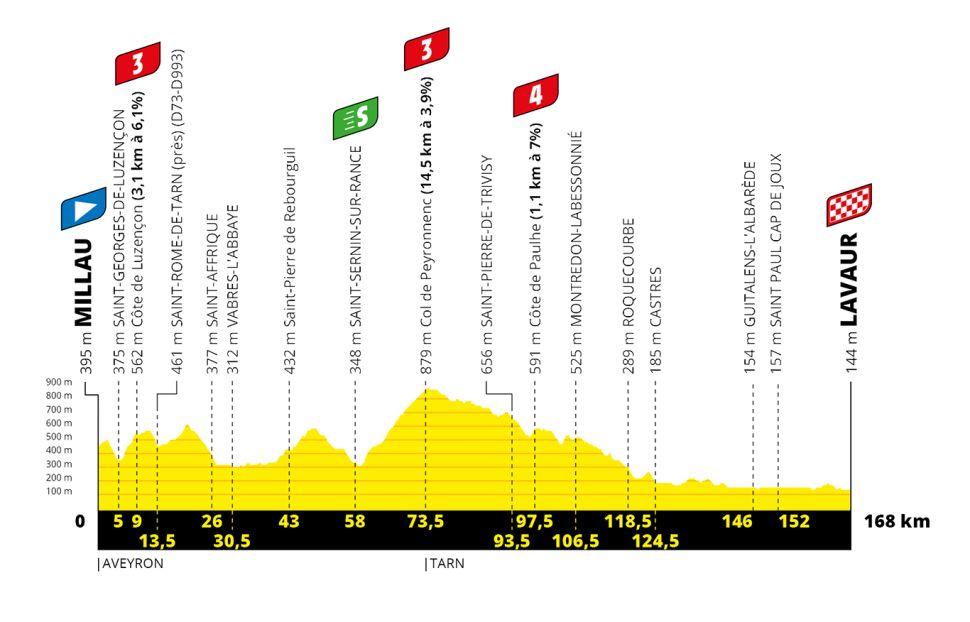

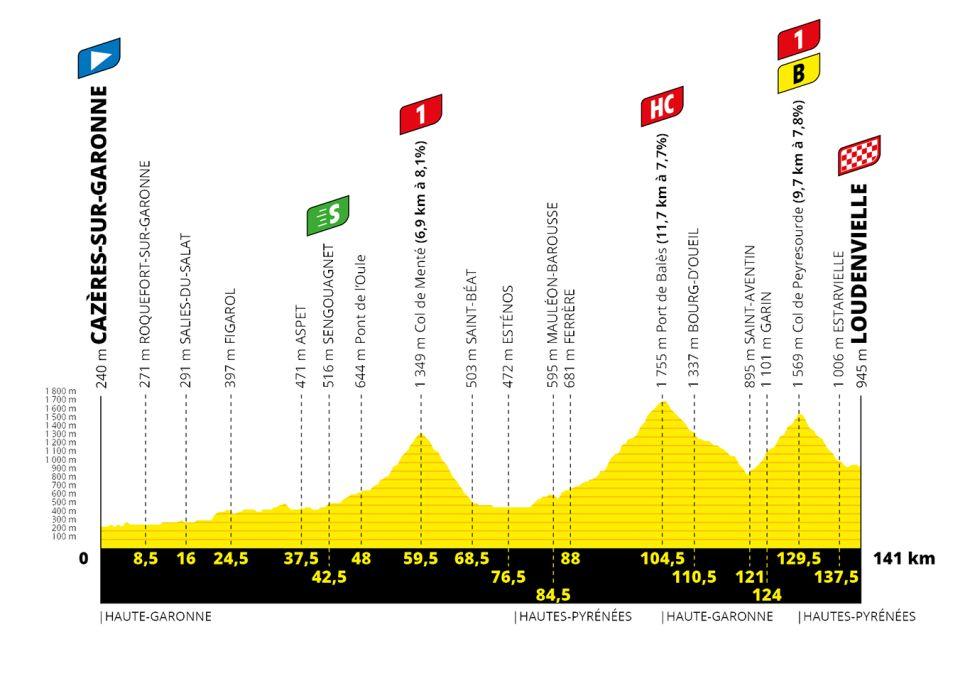

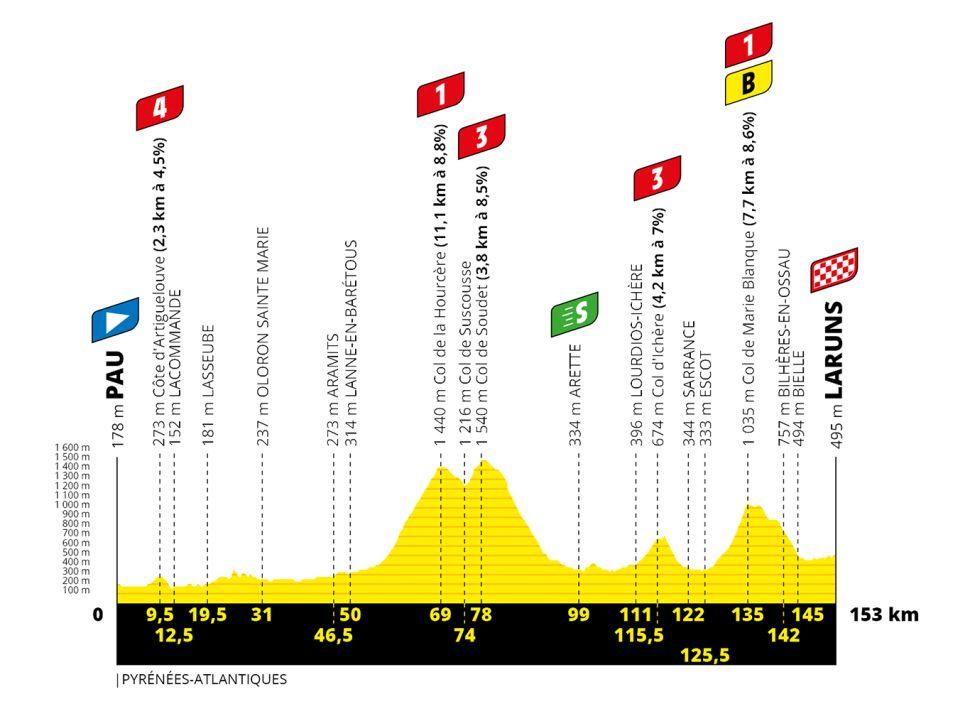

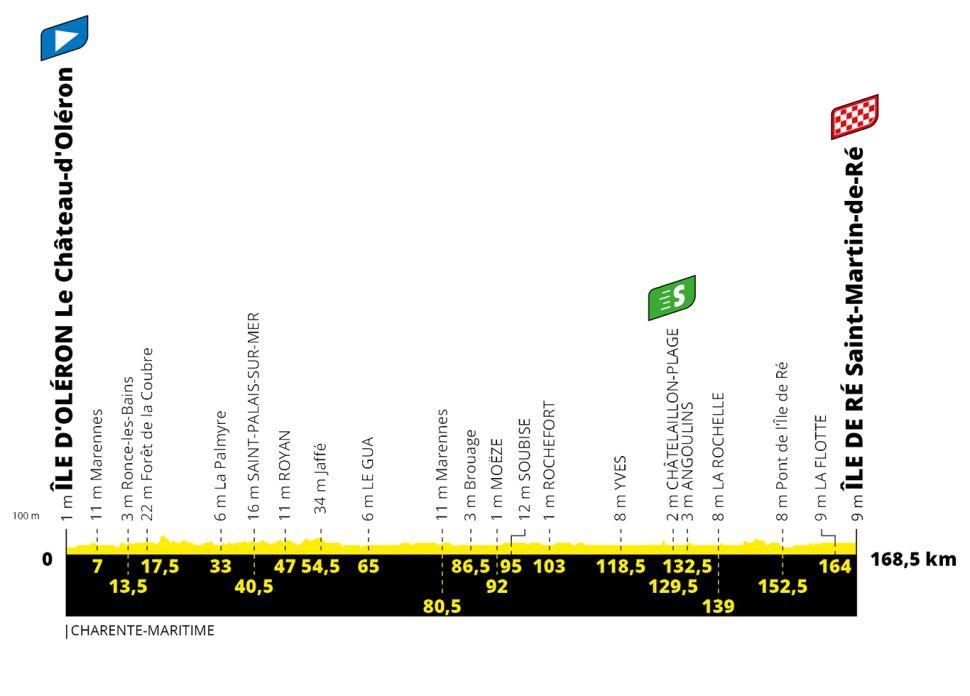

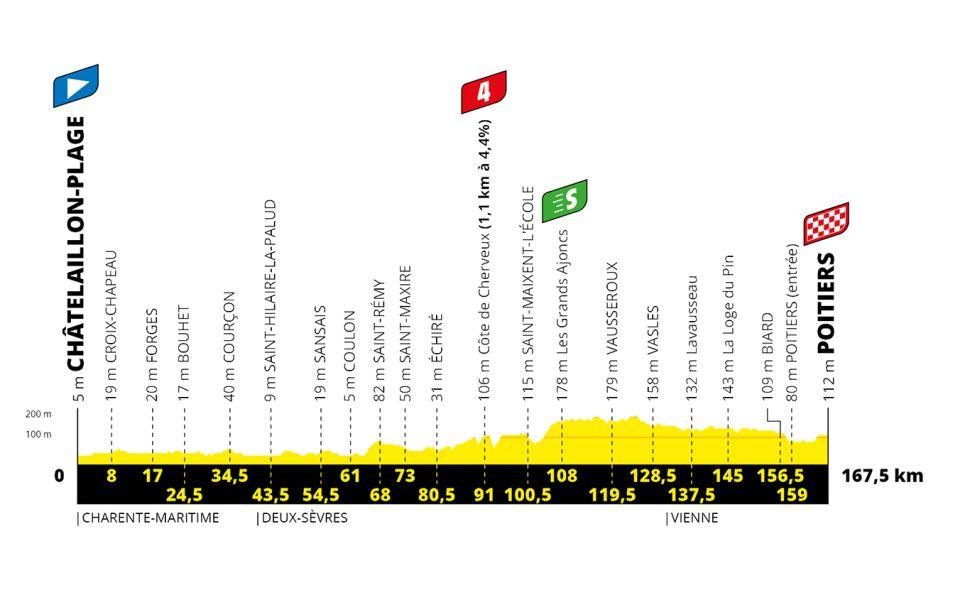
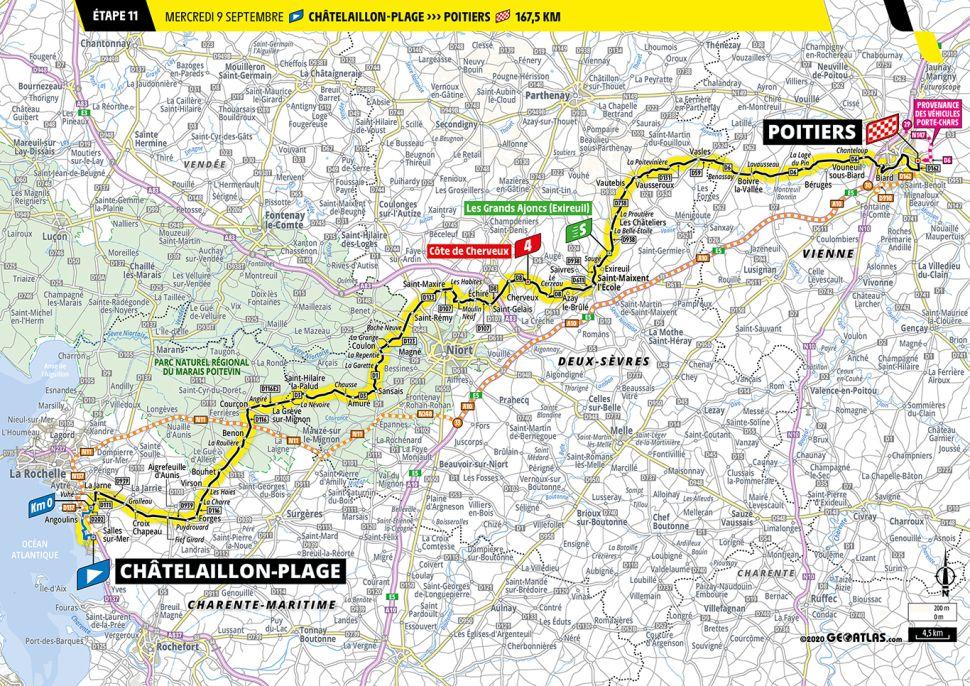


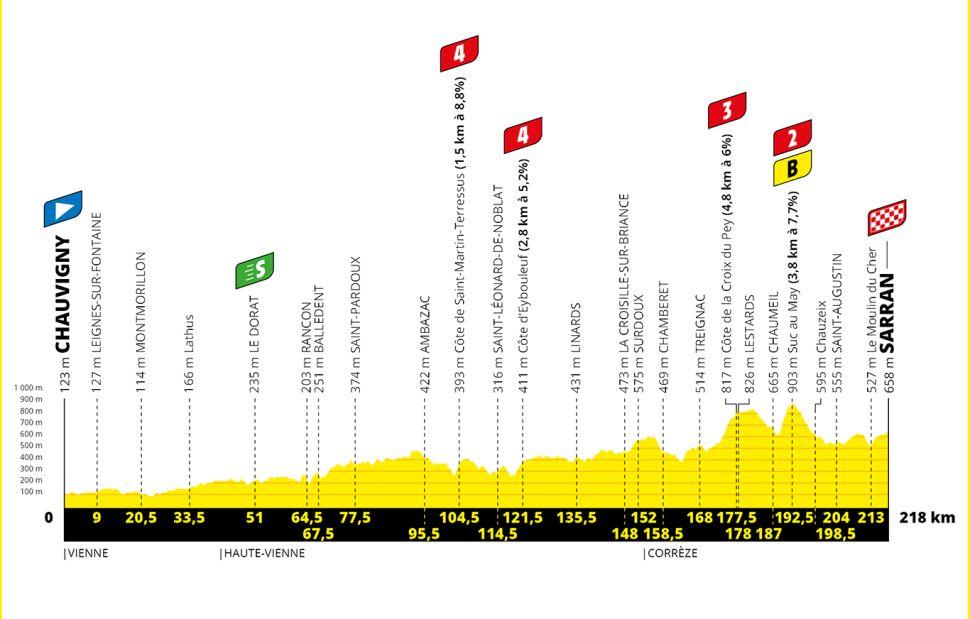
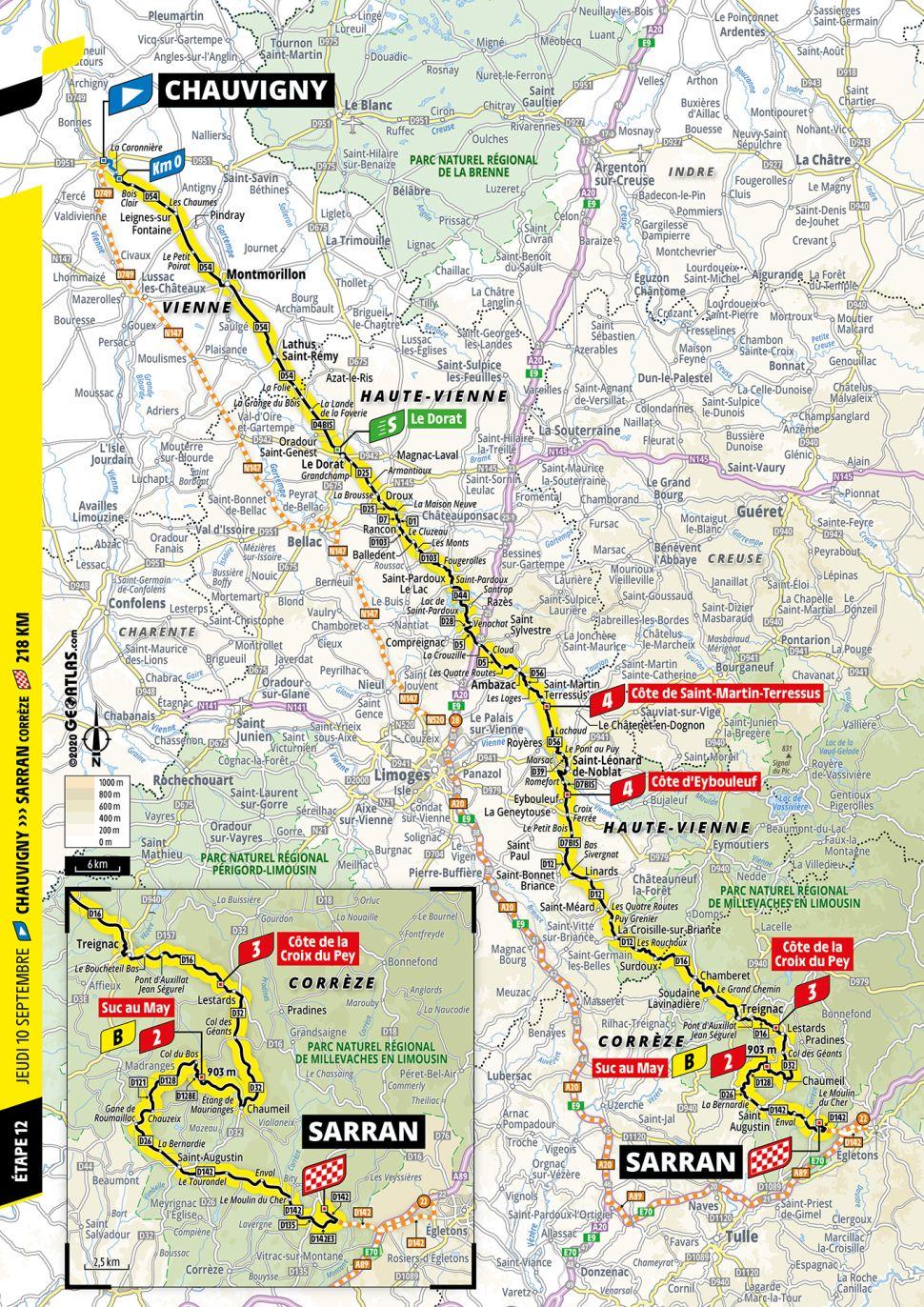


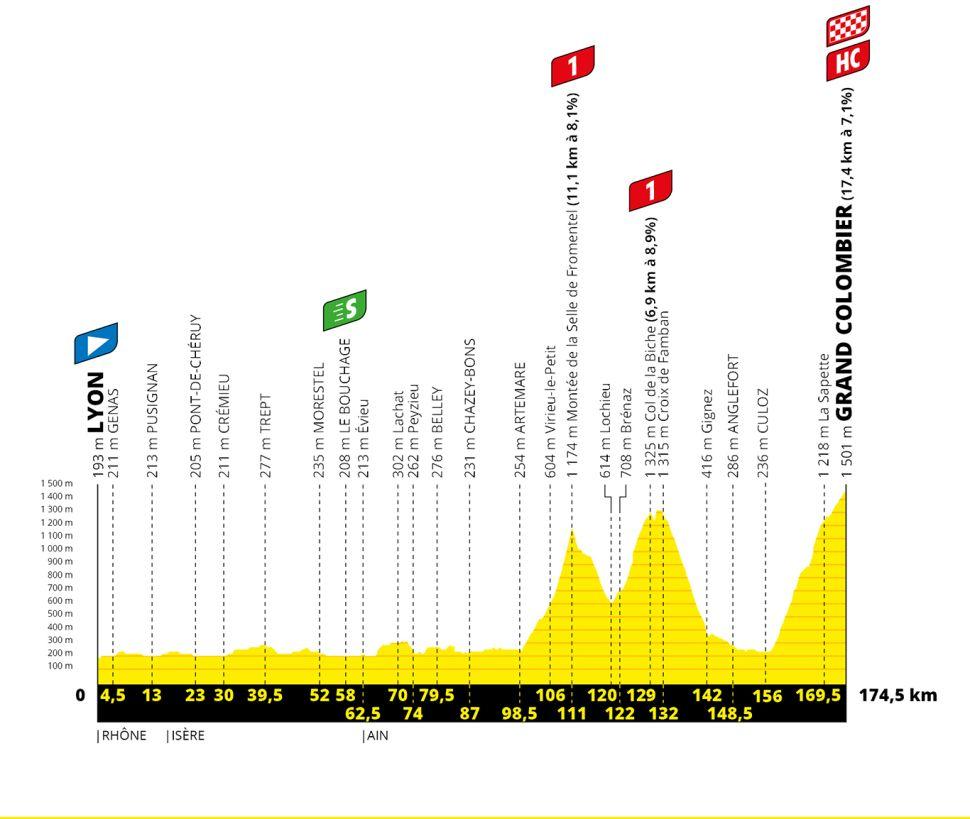

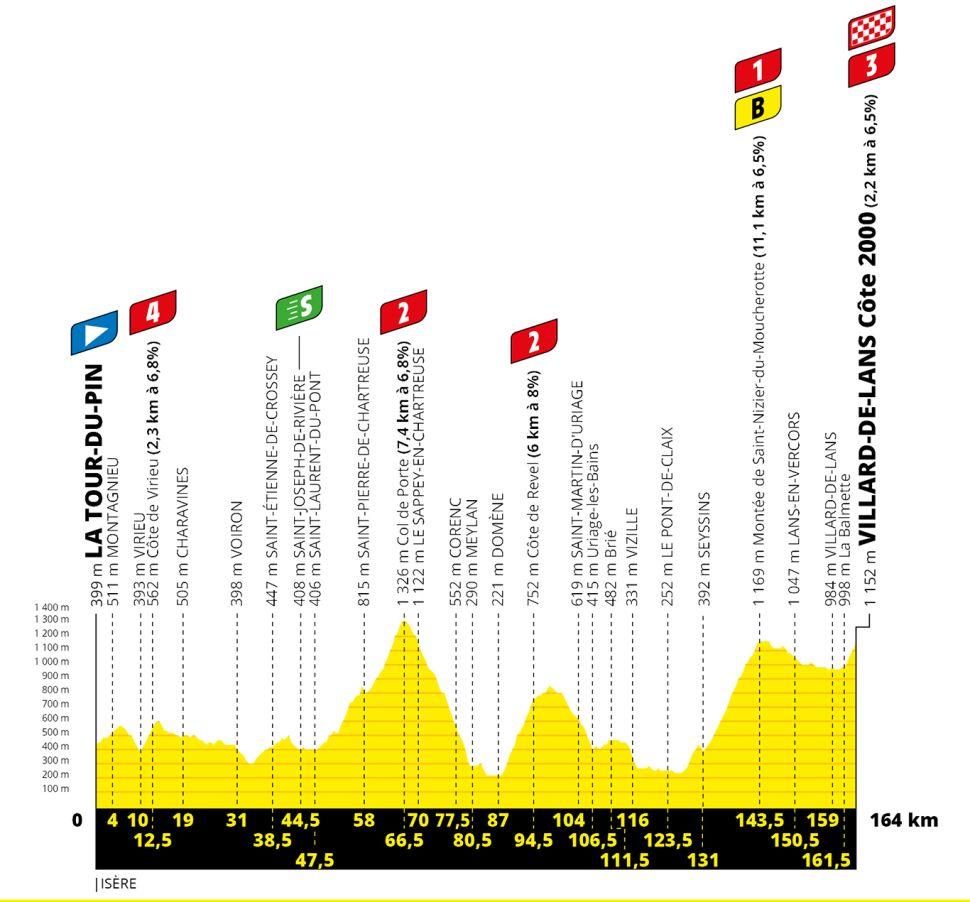
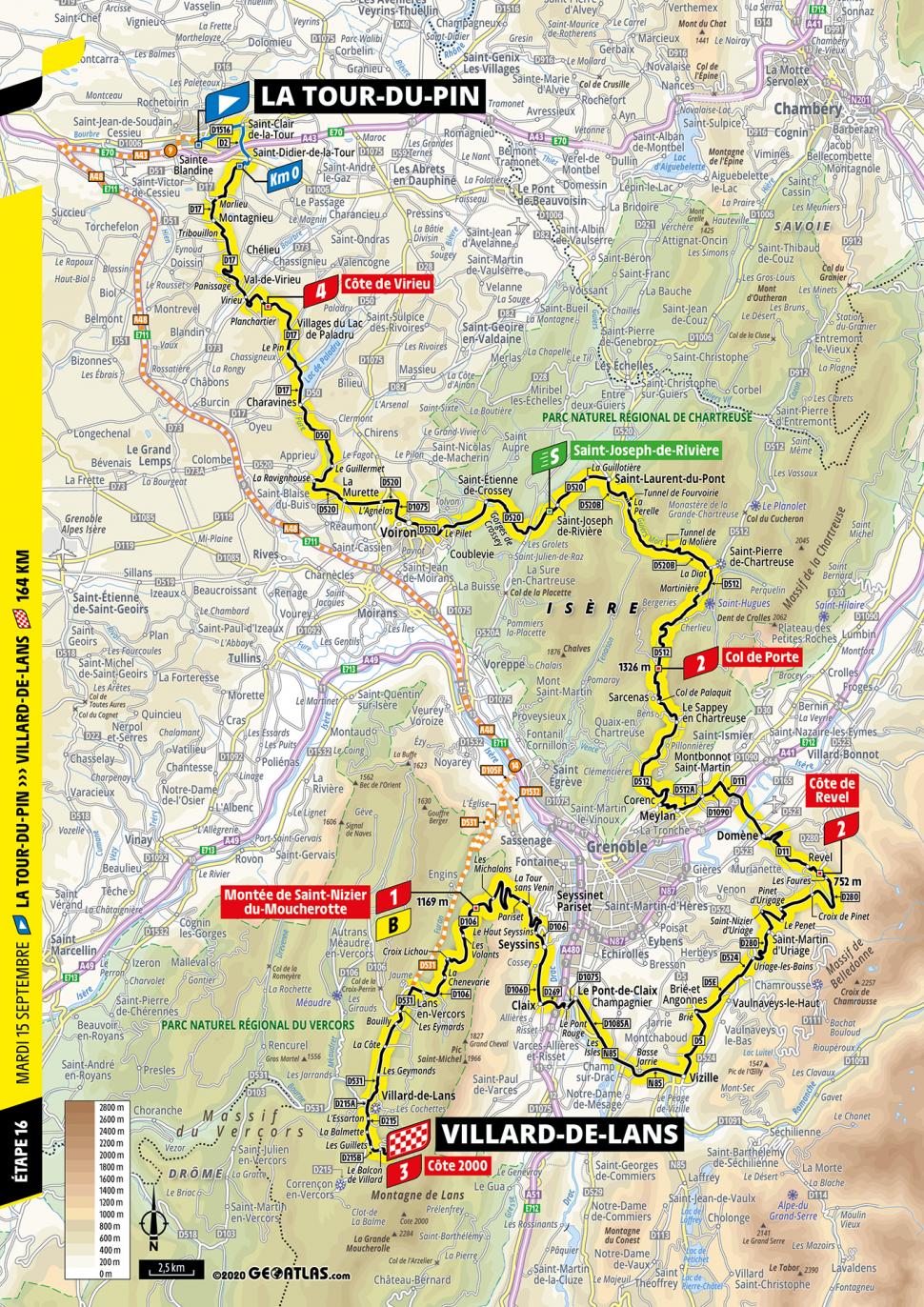

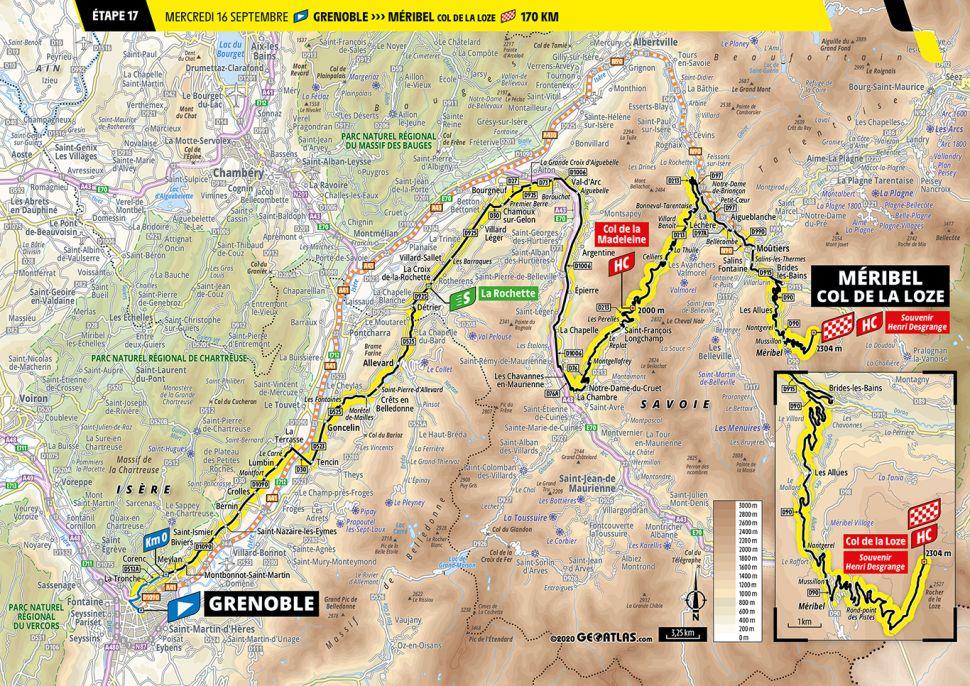
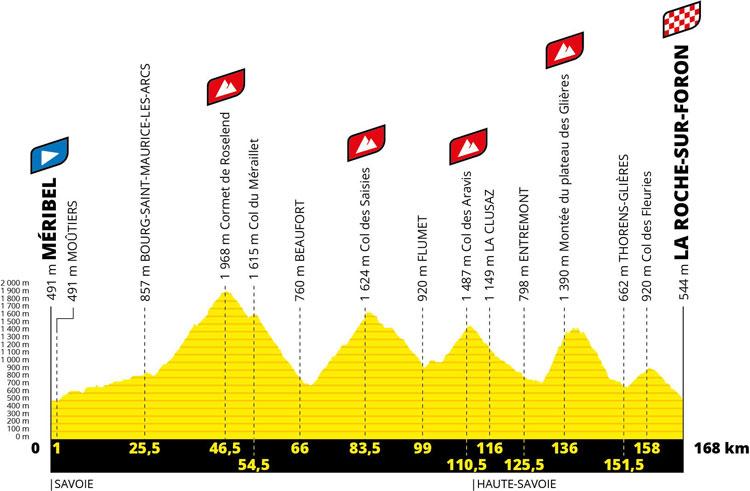
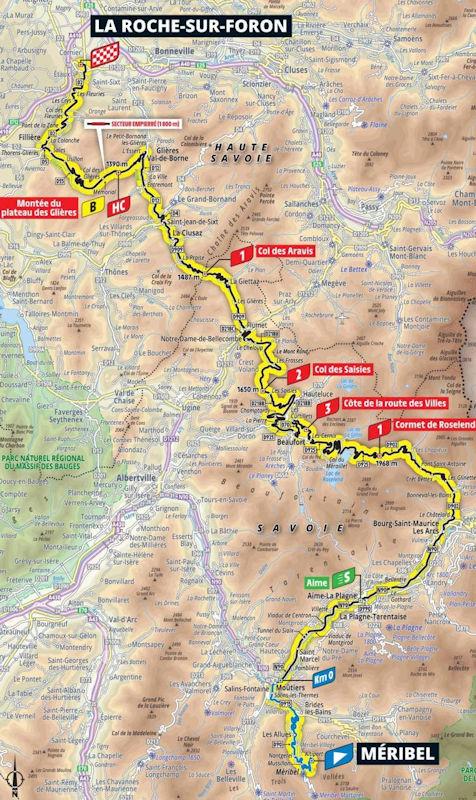
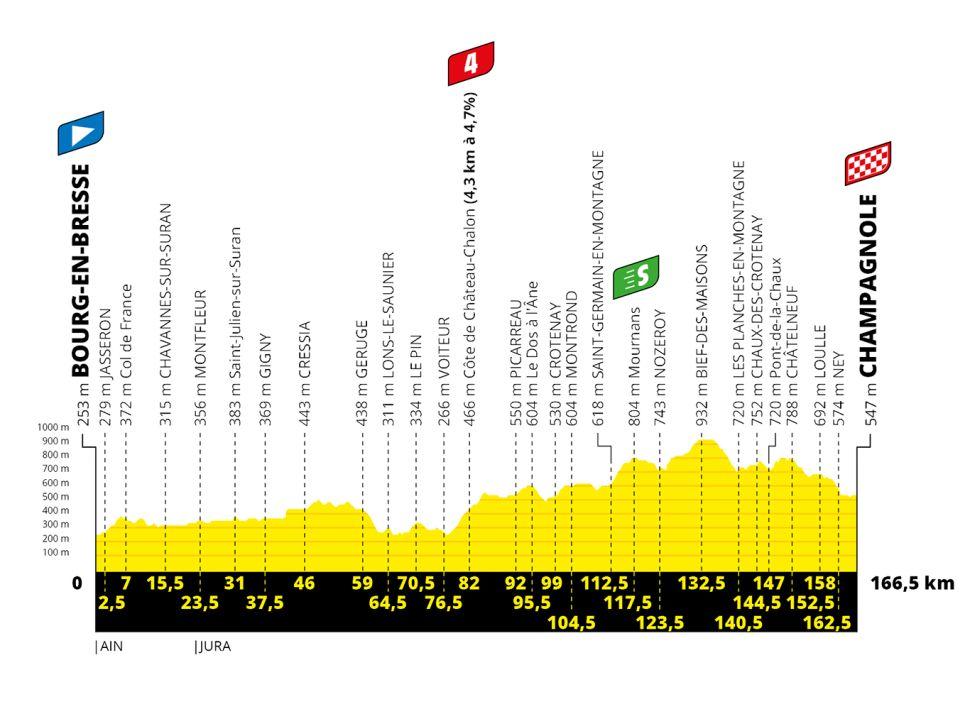

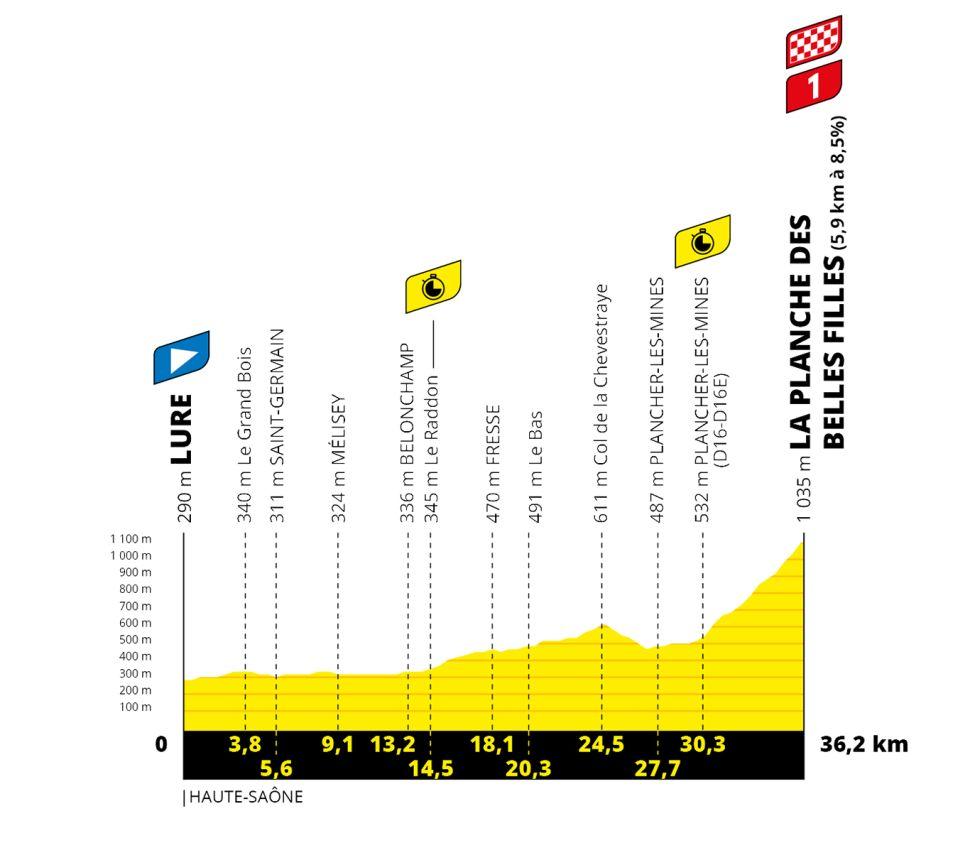

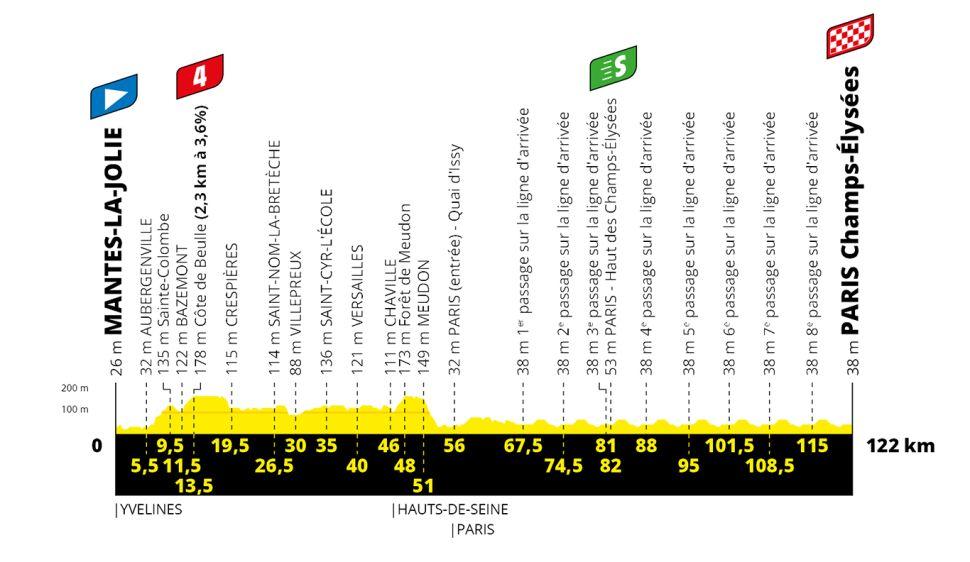

Oh god is he still here? Still not found a publisher for his stories?
You've been quoted in the article as being concerned "about the safety of cyclist and vehicles”....
My guess is that they sell mainly on the German market - feel free to correct me. That might explain why they are not "pushing" their products,...
Now Emily Chappell really liked the Lezyne , I have the HV version, good, but I find the handle uncomfortable in use. I've often wondered about the...
What about this one!? Taken in Cardiff Civic Centre 1939
Charlie Alliston got 18mths and is the reference case (because there are so few cases) for all campaigns by anti-cyclists that 'cyclists are not...
My local football practice pitches (all weather, in a fenced off area, are regularly the scene of inconsiderate parking, with vehicles blocking the...
Assos ASOS anyone?
Replace them all with Bromptons and they'd take up zero space within days or even hours, as they are all relocated elsewhere. To eBay or possibly...
Where I live we are experiencing a lot of housing development on small and large plots of land. These developers don't seem to have problems...